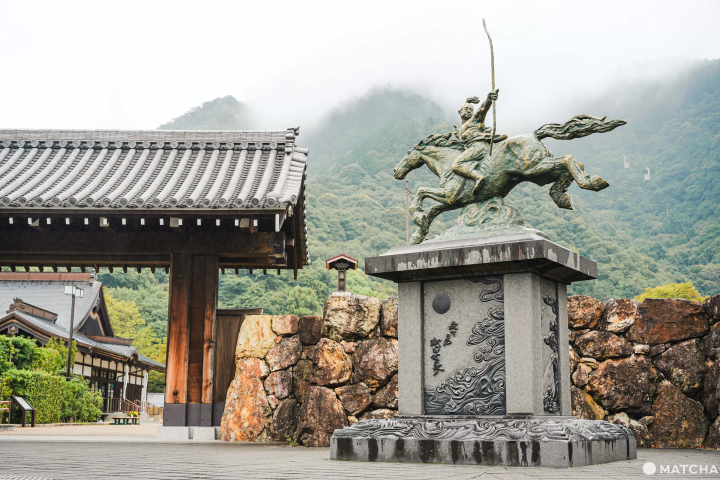How to Properly Pay Respects at a Japanese Shrine

We highly recommend visiting both Shinto shrines and Buddhist temples during your visit to Japan. This article introduces the proper way of praying at a shrine and the manners one should pay attention to on the shrine grounds, from bowing to cleansing your hands.
Paying a Visit to a Shinto Shrine in Japan

The act of visiting a shrine is called sanpai in Japanese. Whether you're in the city or countryside, you will find various Shinto shrines of all sizes throughout Japan.
Needless to say, everyone is welcome to enter the shrine grounds and pay their respects, regardless of their religious belief. If you're interested in venturing to a shrine, why not try paying your respects like locals?
There are a few simple rules to consider at a Japanese shrine, including famous sacred sites like Meiji Jingu to tiny, local shrines situated on a side street. This article will go over the basic steps and etiquette tips of what to do at a shrine.
Step-By-Step Guide to Properly Paying at a Shrine
Below are step-by-step guidelines on how to properly pray at a Japanese shrine.
1. First, Pay Your Respect in Front of the Torii Gate

Bow once in front of the torii gate before entering the shrine grounds. This is a way of greeting the guardian deities of the shrine and asking permission to enter. While walking towards the main shrine, please be mindful of not strolling on the middle path, which is reserved for the deities.
2. Perform a Purification Ritual
Before going toward the main hall, it is customary to cleanse oneself with water at the entranceway.

You will see a large water basin near the entrance, like the one pictured above. It is called a chouzuya in Japanese and is used by shrine-goers to purify their hands and mouth.

There will be several wooden dippers called a hishaku used to scoop out the water. Take it with your right hand and get a generous amount of water.


The next steps are important to remember! Pour a little water onto each hand, beginning with your left hand and then your right. Remember that it is a symbolic purification, so you don't actually wash your hands. Calmly pour some of the water onto your hands.


After cleansing your hands, use your left hand to scoop some water and bring your mouth to your palm, allowing your lips to get a little wet. This is a symbolic purification of the mouth. Please do not drink the water.
Afterward, pour some water on your left hand again to rinse off.


After you have finished cleansing your hands, lift the mouth of the dipper as pictured above, allowing the leftover water to run down the handle. This gesture is an act of purifying the dipper handle, so other visitors can use it.
3. Ring the Bell at the Main Hall


The main shrine building (honden) is where the deities are believed to reside. Upon entering the grounds, please stand in front of this structure.
There should be a large bell suspended in the main building. Grab the bundle of cords hanging down from the bell, and give it a shake. The bell will likely chime loudly, so be prepared to hear the rattling sounds.
4. Make a Monetary Offering
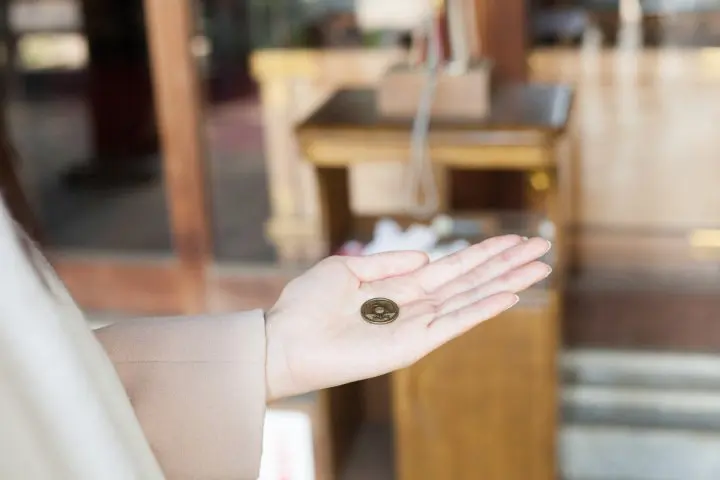
Money made as an offering to deities is referred to as saisen. Although it may sound like a small amount, many people offer five-yen coins. But this is not because shrine-goers want to save money. The Japanese pronunciation for "five yen" is identical to "go-en," which means "good luck" or "good relationships."
This clever wordplay conveys the wish for good fortune after visiting a shrine.

Put your offering in the offertory box in front of the main shrine hall. How much money you place into the box is up to you. There are no strict rules that the offering must be a five-yen coin or an expensive amount. It's customary for shrine-goers to offer between a five and five-hundred-yen coin.
5. Offer a Prayer
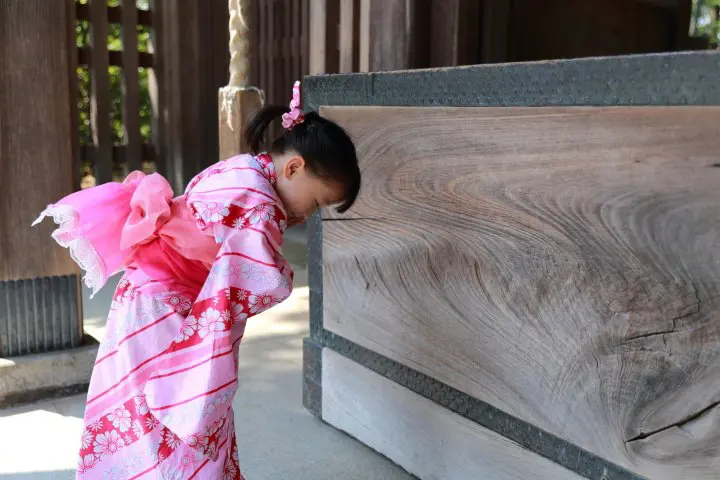
After arriving at the main shrine building, deeply bow twice.

Ring the bell twice, then clap your hands twice.
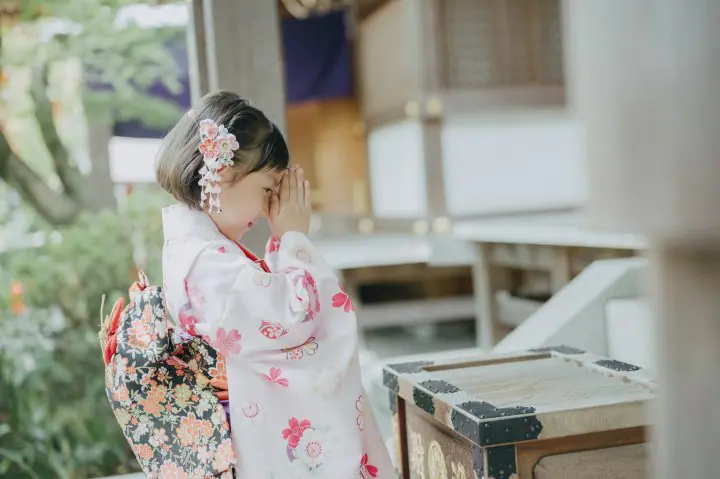
When you have finished clapping, join your hands in a prayer position. Press both hands and palms together while keeping your fingers straight. This position is called "gasho" in Japanese. When you have finished your prayer, bow once more.
This process is referred to as "nirei nihakushu ichirei," or bow twice, clap twice, and bow once. Remember this combination of "two, two, and one" when visiting other Shinto shrines.
6. Bow before the Torii Gate When Leaving the Grounds

Upon exiting the shrine grounds through the torii gates, face the main shrine building and make a final deep bow. This last gesture is an offering of gratitude towards the deities for allowing you to enter the sacred site of worship.
Now Let's Visit a Shinto Shrines!
A shrine is where you can relax your mind in a quiet and serene atmosphere. It also makes for an ideal resting place to take time out from walking.
Whether it's for sightseeing or relaxation, try paying your respects at a Japanese shrine following the steps introduced in the article!
Read also
Main image of Tokyo Daijingu Shrine by Pixta
東京生まれ東京育ち東京在住の20歳。大学生をしています。動物とたわむれることと散歩をすることがとっても好きです。世界中の野生の動物に会いに行ったり、世界中の街を散歩しに行ったり、いつかできたらいいなぁ、なーんて思ってます。




























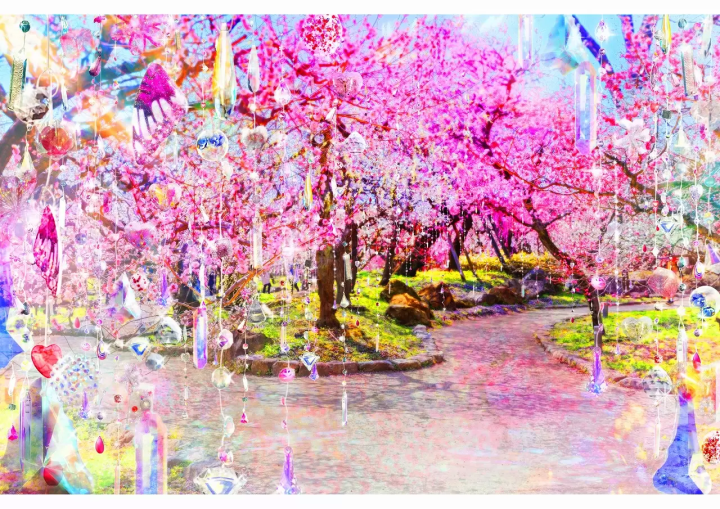


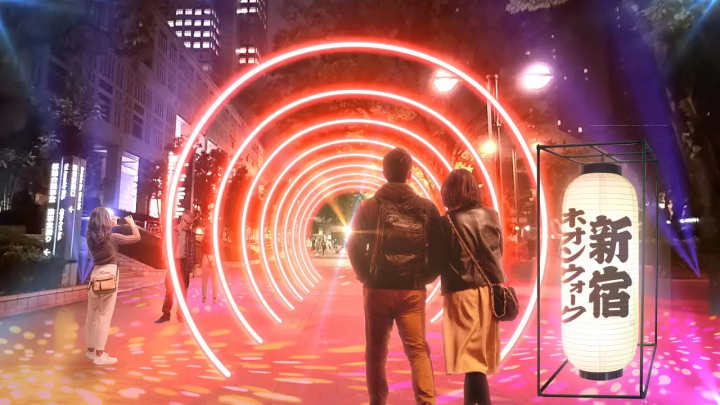



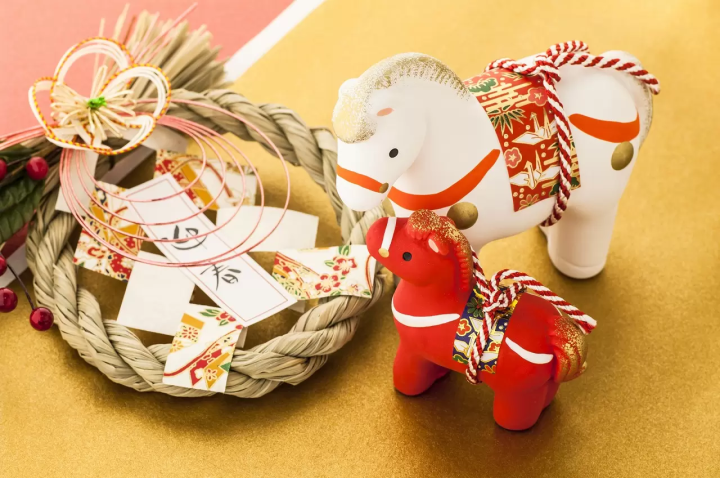

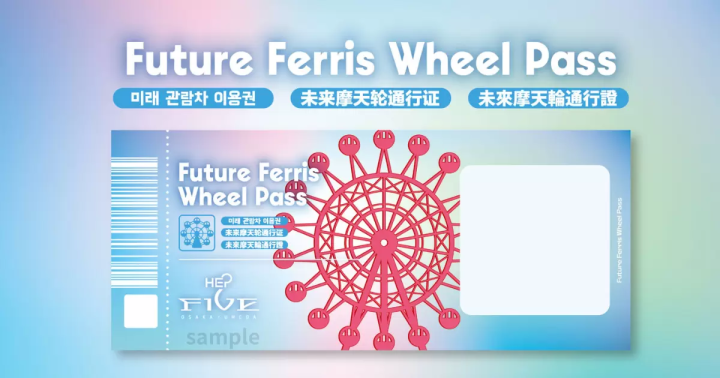

![[Coupon Available] Attention Overseas Winter Sports Fans! Nagano's Sports Depot Has Evolved](https://resources.matcha-jp.com/resize/720x2000/2026/01/05-254819.webp)
![[2 hours from Tokyo ] 10 Quiet and Breathtaking Views of Mount Fuji in Yamanashi Hokuto City , Yamanashi - Part 2](https://resources.matcha-jp.com/resize/720x2000/2025/12/16-253037.webp)
